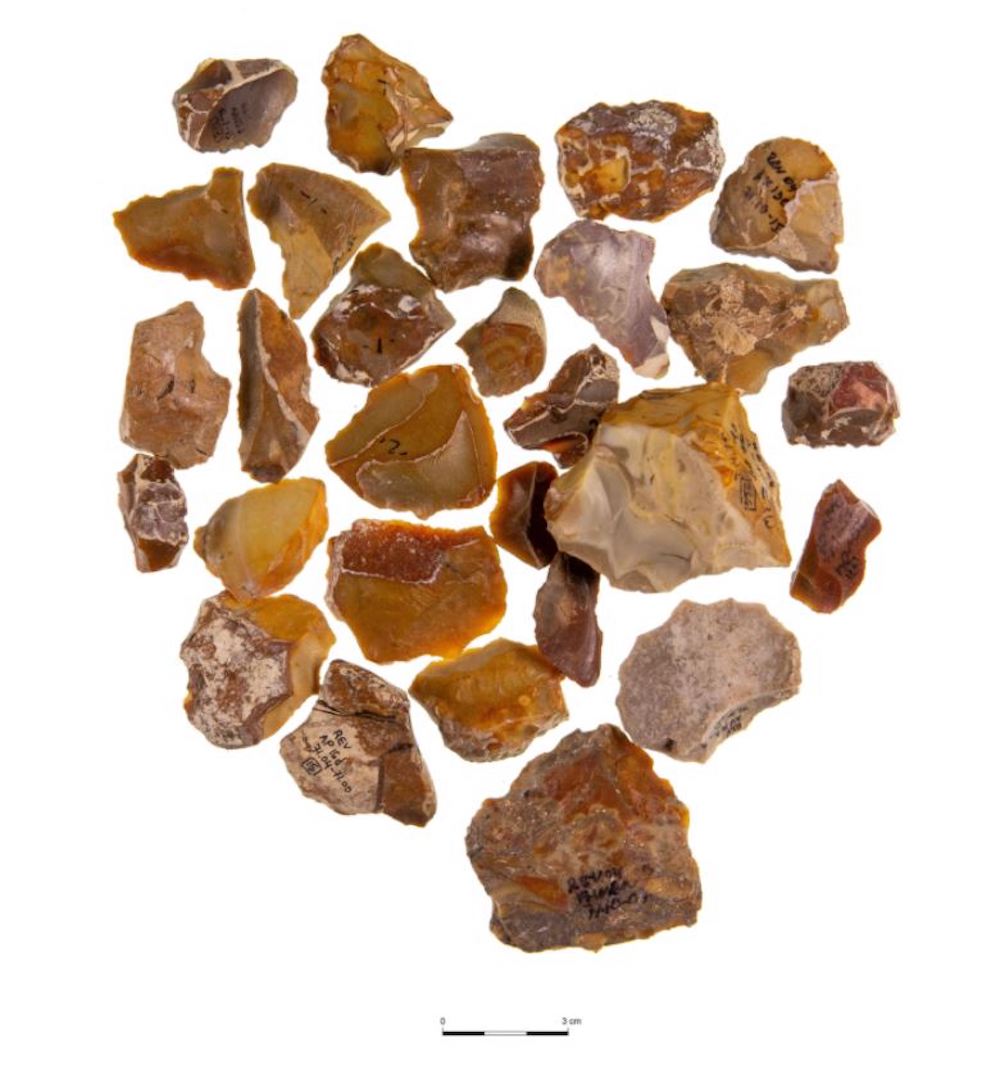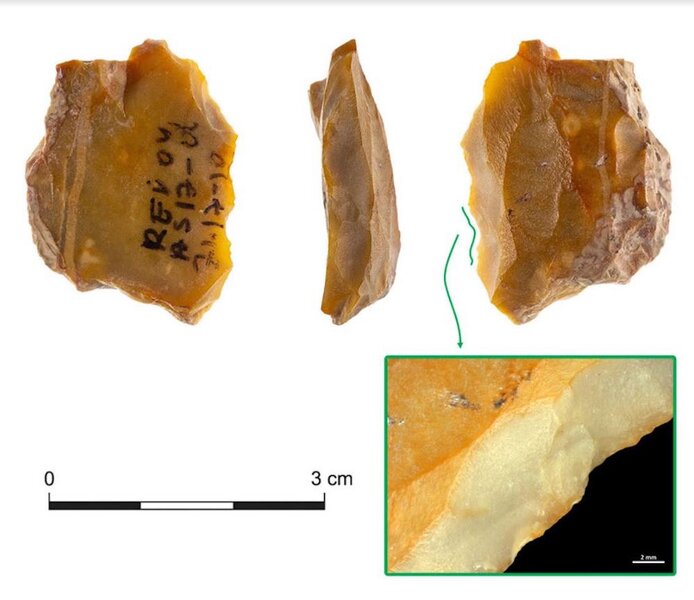Create a free profile to get unlimited access to exclusive videos, sweepstakes, and more!
Even cave people longed for the old days: Ancient tool recycling driven by stone-age sentimentality
They just don't make hand axes like they used to.

Between comic book movies and the recent slate of live action adaptations of popular franchises from the ‘80s and ‘90s, nostalgia has become a multi-billion-dollar industry. Countless think pieces have explored why recent generations look back on the past so fondly, but the answer to that question might be older than we thought.
A recent study by Bar Efrati from the Department of Archaeology and Ancient Near East Cultures at Tel Aviv University, and colleagues, takes a hard look at flint tools crafted by prehistoric humans between 300,000 and 500,000 years ago. They found that ancient humans frequently recovered, restored, and recycled tools made by previous generations, not out of any sense of convenience, but because of nostalgia and sentimentality. Their findings were published in the journal Scientific Reports.
Scientists have known for a while that flint tools were reworked and reused at different times in the historical record. The best evidence for this behavior is a phenomenon known as double patina which, when found, clearly demonstrates the refashioning of the same piece of flint over time.
“In the case of flint, it basically creates a colorful layer which is different in texture, shine, and color from the actual color of the flint. It’s caused by sun exposure, running water, the properties of the flint itself, and the sediment it’s buried in,” Efrati told SYFY WIRE.
After a piece of flint is fashioned into a tool, its surface begins acquiring that patina. It might be used for a time and then discarded as the individual or group using it moves on. Sometime later, it might be found by another group or individual and reshaped. The reshaping process removes the patina in some places, revealing the natural surface of the flint again. When scientists find flint tools today, they can clearly see two distinct patina patterns, indicating that a tool was recycled.
What was previously unclear was why ancient humans were gathering and recycling old tools. One possible reason is pure convenience. Why build a tool from scratch, if there’s a pretty good one sitting in front of you that just needs a little cleaning up? Efrati indicated that convenience likely played a part in why prehistoric humans recycled tools, but probably wasn’t the main reason.
Another reason tools might be recycled is if raw materials are in short supply, but that wasn’t the case at the Revadim open-air site on the southern coastal plain of Israel, where this study was carried out. In fact, there is still a robust supply of fresh flint available at the site today.
“Revadim was rich with flint,” Efrati said. “Fresh flint was the main way they chose to make their tools. Recycling of old items was happening together with the making of fresh ones, but fresh tools were dominant in terms of quantity.”
The distribution of new versus recycled clearly demonstrates that the people in the area knew how to make new tools, had plenty of raw materials available, and preferred making new tools to recycling old ones. If it was truly more convenient to recycle an old tool then we might expect that to be the dominant form discovered at the site, but that isn’t the case.
“There was more than just the function that made them collect and use tools again. The sentimentality, the recognition of someone else making something. They chose to recycle them,” Efrati said.
Researchers also found that recycled tools were minimally reshaped. In most cases, individuals found tools which were already the right size and shape for what they needed, and the modifications were minor. The implication is not only that ancient peoples recognized and appreciated the work of their own ancestors, but they took pains to preserve the initial form of the tools as much as possible.
In some ways, it’s the ancient equivalent of watching your favorite childhood cartoons on the VHS tape you recorded off the family TV, complete with Super Soaker and Lunchables commercials because that’s the way they were meant to be seen.


























